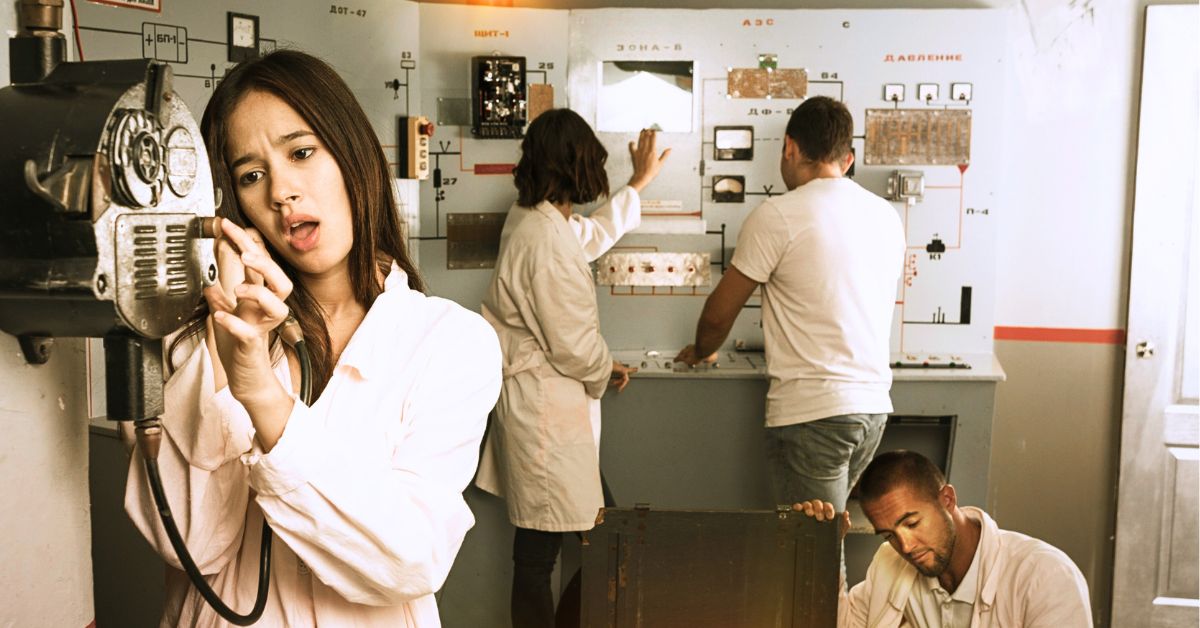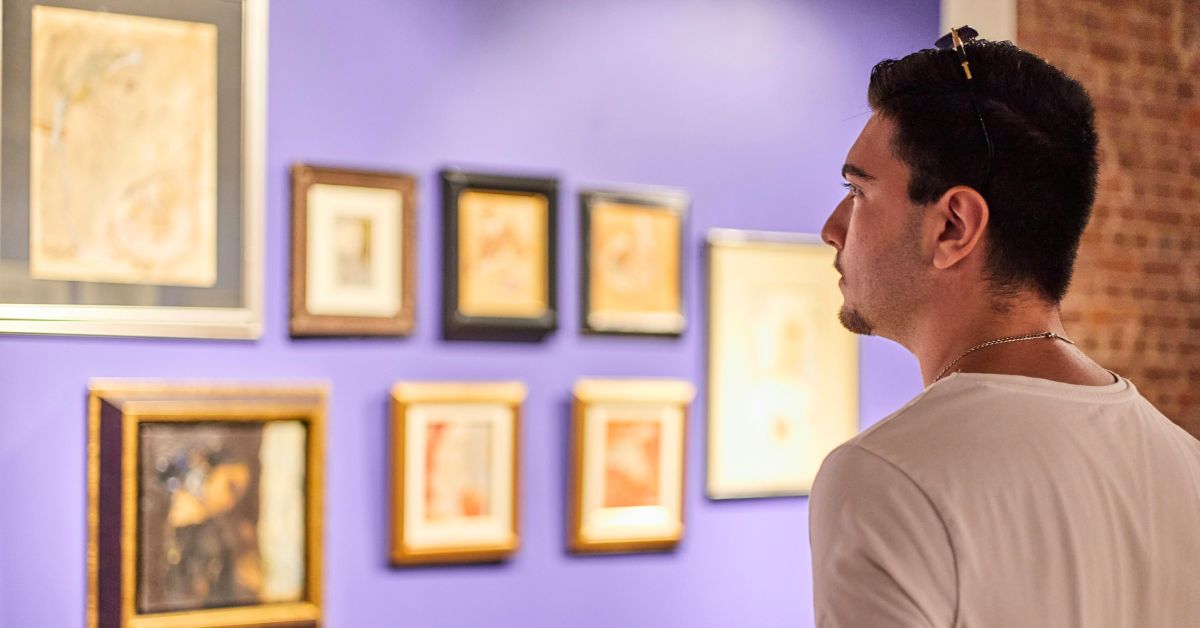Roles in an escape room we play aren’t just about the game – they’re about who we are. Whether it’s an escape room, a board game, or even a trip together, it only takes a few minutes for everyone’s role to emerge. The quiet one suddenly takes the lead. The always-confident one hesitates.
The situation reshuffles the deck, and suddenly we see each other – and ourselves – in a new light. Because an escape room isn’t just a game. It’s a miniature social lab that reveals how we work together toward a common goal.
Why do we act the way we do when we have to rely on each other to get out of a room? And what does this reveal about us – not just as colleagues, but as friends, as people?
The invisible dynamics: which roles do you take on in an escape room?
When a group acts together, personalities don’t just meet, they react to each other. These reactions aren’t random. In psychology, this is called group dynamics. It’s a living, breathing system that kicks in in every social situation. And while the environment may change, our patterns are surprisingly consistent.
In an escape room, on a hike, or during a spontaneous weekend game, the same characters appear: the Leader, the Explorer, the Quiet Observer, the Jester, and the Panicker. These aren’t “good” or “bad” roles. They’re psychological archetypes that help us understand how we work together.

Our roles in an escape room
The leader: the architect of structure and security
The Leader instinctively takes charge. As soon as chaos looms, they step up not because they want to dominate, but because they try to manage uncertainty with control. In psychology, this is called a need for order: an inner drive for system, purpose, and structure.
They’re the ones who see the big picture, delegate tasks, and keep the team moving forward. But if they cling too tightly to control, they can lose flexibility, shutting down the very spontaneous ideas that could lead to a solution.
What does their example show us? Organisation is valuable, but the essence of leadership isn’t control, it’s inspiring initiative in others.
The explorer: the freedom of intuition
The Explorer can never stay still. Curious, investigative, and experimental, they’re the ones who find the hidden key or spot the tiny detail everyone else missed. Psychologically, they’re driven by a quest for novelty. They inspire others, but without direction, they can get lost in the details.
What can we learn from them? Dare to marvel at the world and let go of structure sometimes. New ideas are born from curiosity.

The quiet observer: the powerhouse in the background
They’re the eyes of the team. They watch, notice, and at the perfect moment say the most important thing. They don’t seek attention. They’re motivated by reflection, an inner need to understand why things happen.
This perspective often lays the groundwork for “outside-the-box” thinking. The Observer is a point of stability. They see when the dynamics go off track, when to rein in the momentum, and when it’s time to act.
What does they teach us? Silence isn’t passivity. Sometimes, the deepest understanding comes when we don’t rush to answer.

The jester: the emotional release valve
The Jester is more than just the funny one. They’re the first to sense when the atmosphere is getting tense. When others are too focused on the task, they monitor the mood and instinctively try to restore balance.
A light-hearted comment, a smile, an unexpected joke and the team can breathe again in a tense moment. They don’t run from problems; they just approach them differently. For them, humour isn’t superficial, it’s a tool for connection. Their presence is a reminder to keep it light, to let the game be a game, and not let the problem become bigger than us.
What can we learn from them? Humour isn’t superficial, it’s resilience. The ability to handle difficulty with a light touch is a great human strength. Sometimes, a smile solves more than another strategy.
The panicker: the voice of reality
The Panicker is often misunderstood. They’re the ones who speak uncomfortable truths: that time is running out, that something isn’t working. But behind the pessimism lies sensitivity — a kind of anxiety radar that detects when something is wrong before anyone else does.
Without the Panicker, the team could easily overreach. They’re the reminder that enthusiasm needs a dash of sober control.
What can we learn from them? Fear isn’t the enemy; it’s a signal. If we learn to look behind it, it often shows us the way forward.

Different situations, different roles
In the game, there’s no time to overthink our behaviour – which is precisely why it’s so honest. But what’s really interesting is that these roles aren’t fixed. In a different situation, with a different group, another side of us emerges. With friends, you might be the Jester; at work, the Leader. The dynamics are always born from the dance of relationships – that’s where we learn the most about ourselves.
The team as a learning space
Shared experiences – be it a game, a trip, or a challenge – always reflect how we connect with others. It’s not about who finds the key, but how people react along the way.
Do we listen to each other? Do we trust that another’s idea is valuable? And when we get stuck, do we dare to ask for help?
In every group, these five archetypes are present – and we all have a bit of each in us. The question isn’t which one we are, but whether we recognise which side of us is taking over.
Teamwork, whether with friends or in any other area of life, isn’t about being similar. It’s about the harmony of our differences. And when that harmony is found, there’s no locked door we can’t get through.






